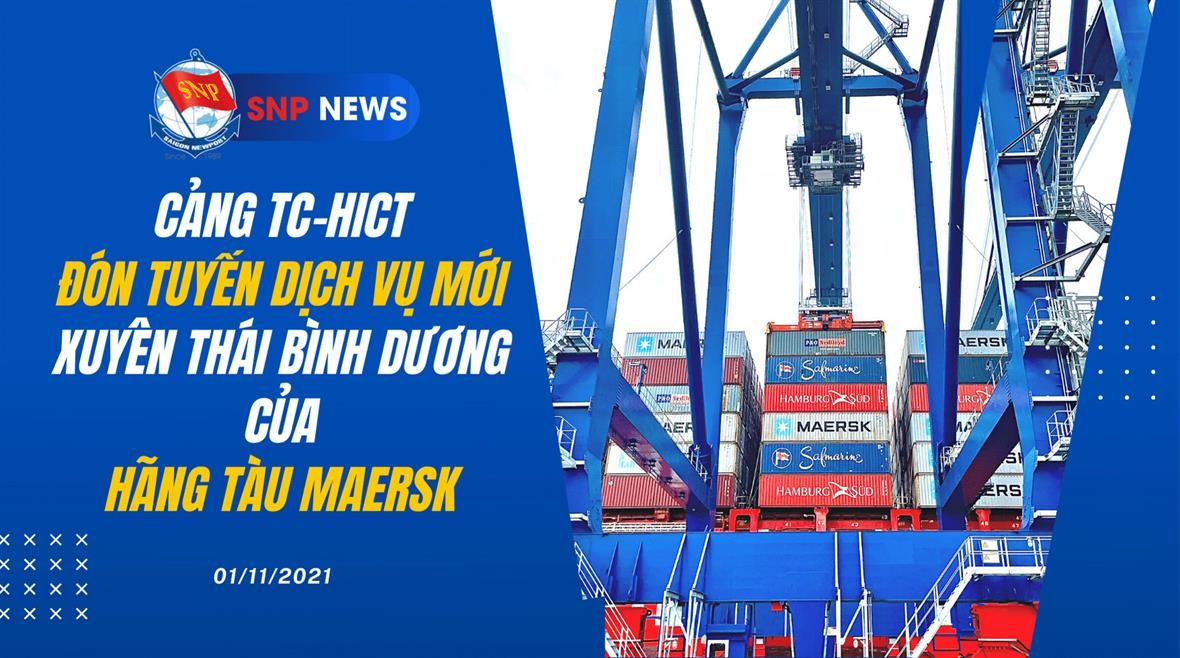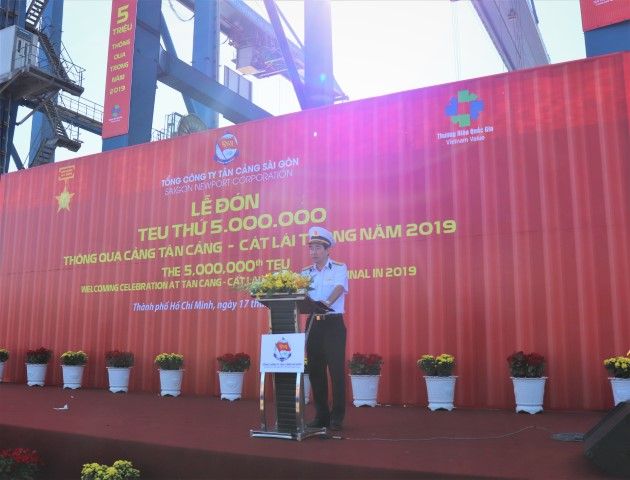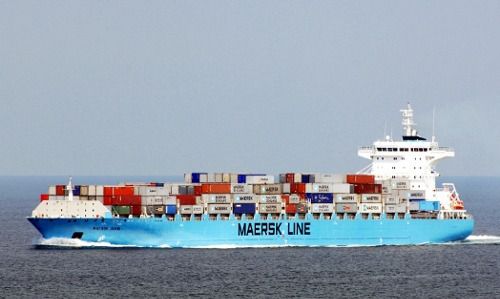P3 rejection sends european carriers, ports scrambling
26/06/2014
Europe’s major ocean carriers, ports and shippers are urgently rethinking their business strategies following the shocking news that Chinese antitrust authorities had rejected an application by Maersk Line, Mediterranean Shipping Co. and CMA CGM to join forces in the P3 Network.
Although the collapse of the P3 won’t immediately affect Maersk Line, which expects its 2014 result to exceed 2013’s $1.5 billion profit, it’s sure to impact the carrier’s ability to keep cutting costs, the main benefit of the alliance with MSC and CMA CGM and the key to its surging profits at a time when most of its rivals are losing money.
Of the three partners, Maersk was expected to reap the most benefit from the P3, with some analysts forecasting a $1 billion payoff from synergies and reduced costs. The vessels deployed by the P3 carriers were expected to cut bunker consumption by 8 percent, according to Jens Eskelund, managing director of Maersk China.
CMA CGM was equally tranquil, saying it is confident it “will maintain its operating performance and continue to outperform the industry.” But the French carrier also was counting on P3-driven cost cuts to offset softening freight rates and slowing traffic growth to boost operating profits, which declined 7.4 percent in the first quarter to $186 million from $201 million a year earlier.
Europe’s ports will take an even bigger hit from the collapse of the P3. Antwerp was the major beneficiary when the carriers announced their schedules in October, gaining an extra call on the alliance’s Asia-North Europe service. Rotterdam, the Belgian port’s main rival, lost three export calls and two imports calls, more than half its Europe-Asia calls. Zeebrugge and Hamburg also lost out, Bremerhaven was unchanged, while Jade Weser, virtually empty since it opened in September 2012, gained a much-needed call.
Rotterdam stands to be the main winner from the P3 collapse. It didn’t expect to lose traffic from the reduced number of P3 services because it would have handled a higher number of Maersk’s Triple E vessels, which are capable of carrying 18,000 20-foot-equivalent container units. Still, fewer calls would have reduced harbor dues and meant less work for ship pilots and tugboats.
Europe’s biggest container port, however, doesn’t think the container shipping industry will stand still following the demise of the P3. There are “more questions than answers,” a Rotterdam port spokesman said. “We will have to let the dust settle.”
“It is still too early to make any pronouncements as to the possible consequences,” a spokesperson for the Antwerp Port Authority said. The port will contact its partners in the next few days to determine the precise impact of the scrapping of the P3 network, she added.
While MSC rethinks its post-P3 strategy, the Geneva-based carrier at least can take solace from the fact that the Port of Antwerp allowed it to consolidate its activities in the port and quit its current facility more than 15 years before its concession expired in order to handle the extra traffic that MSC expected under the Maersk-CMA CGM alliance.
And, although the collapse of the P3 is a blow for Maersk, MSC and CMA CGM, it provides an extra boost for Hapag-Lloyd, whose merger with Chile’s CSAV was largely driven by the German carrier’s bid to keep in touch with the world’s three largest container lines.
The Journal of Commerce


















